
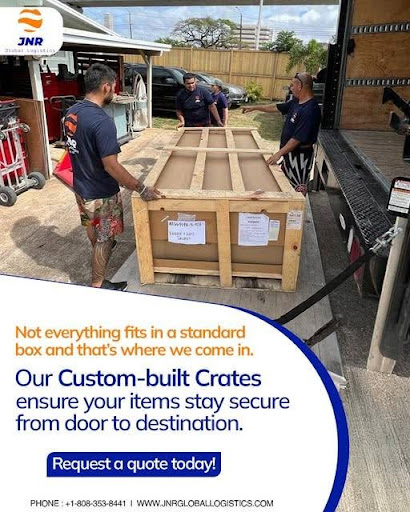
When moving to Hawaii, choosing the right type of container is one of the most important decisions you’ll make. Should you go with a shared...
Read More →Are you looking to expand your business to Japan and considering container shipping from Japan or shipping goods from the US? If you’re new to...
Read More →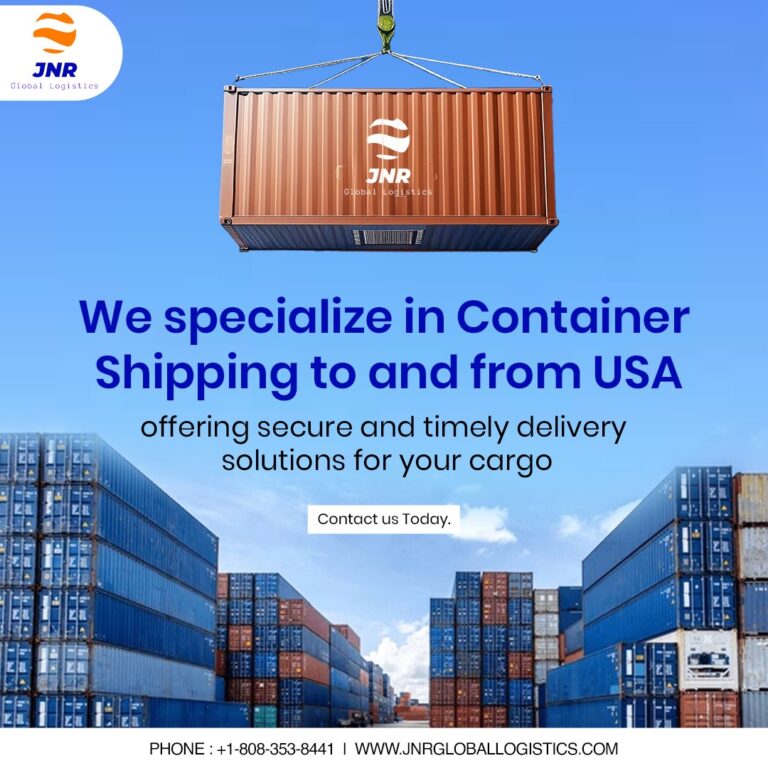

Moving to Hawaii is an exciting adventure, but it comes with its own set of logistical challenges, particularly when it comes to shipping household goods....
Read More →When relocating, whether to or from Hawaii, one common question is how much of your current household goods to take with you. Understanding the logistics...
Read More →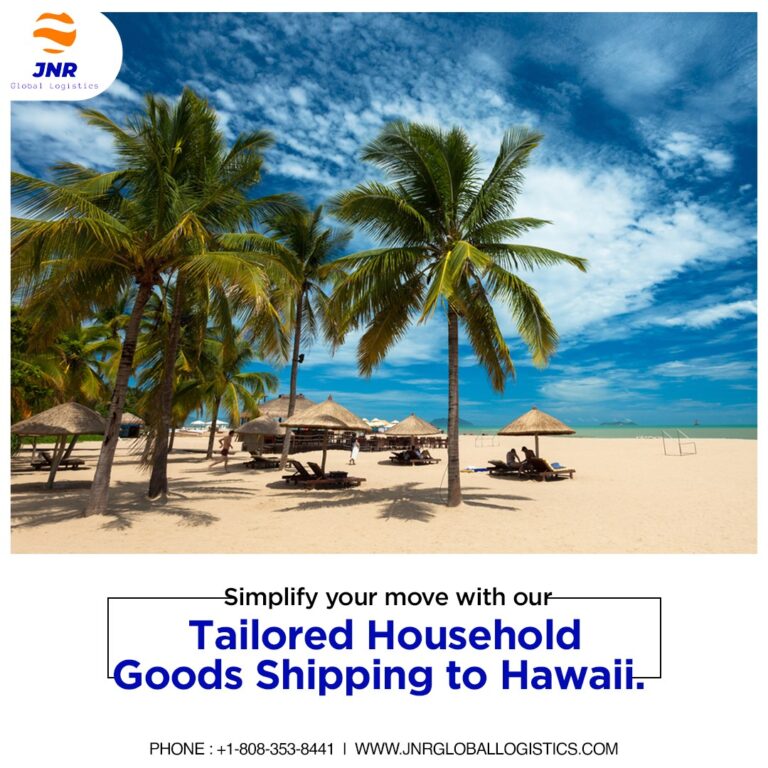
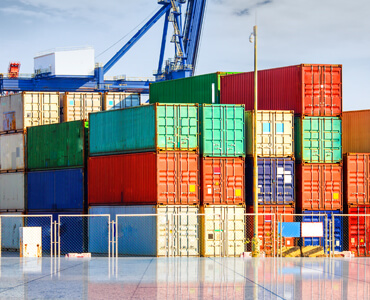
When transporting goods for a move to Hawaii, particularly when moving household goods to Hawaii or for business purposes, purchasing and using a container can...
Read More →When planning a move to Hawaii, whether for personal or business purposes, one of the crucial decisions you’ll face is whether to purchase or rent...
Read More →
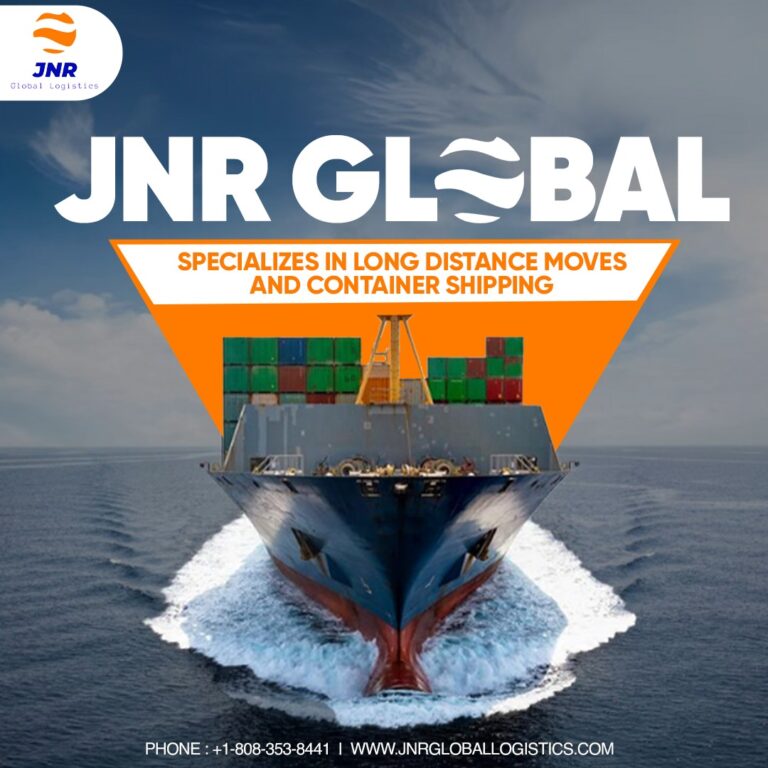
Get Rid of Clutter First Before Shipping Container To Hawaii your belongings or vehicles with JNR Global Logistics to Hawaii, decluttering is essential. Sorting through your...
Read More →Are you planning a move to the beautiful islands of Hawaii? If so, you’re likely pondering over the logistics of getting your belongings safely to...
Read More →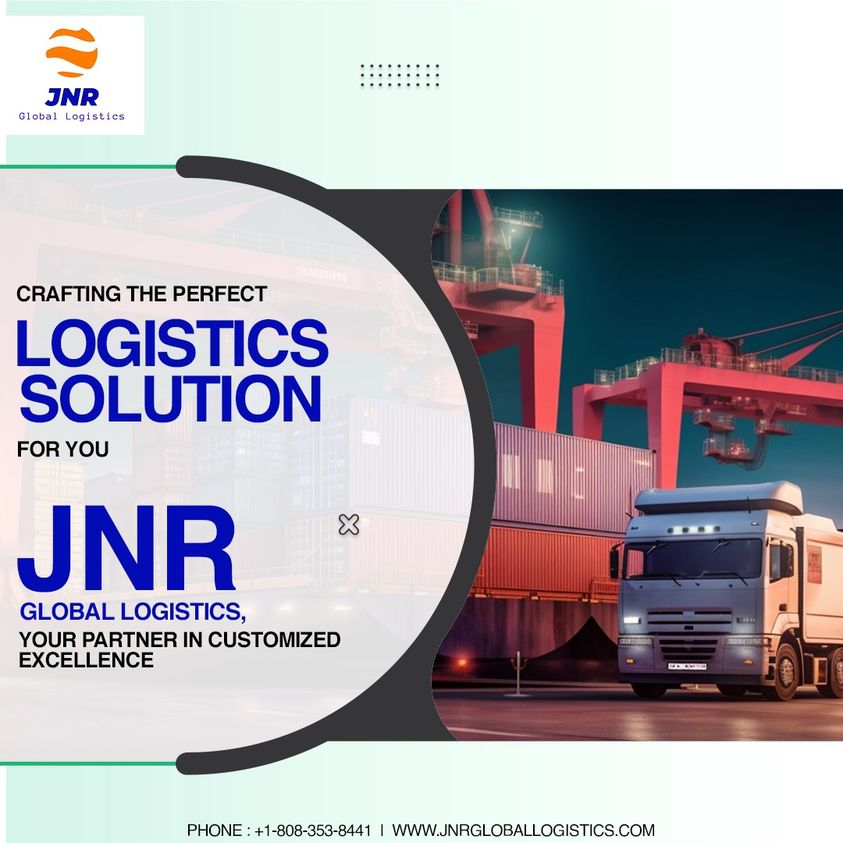
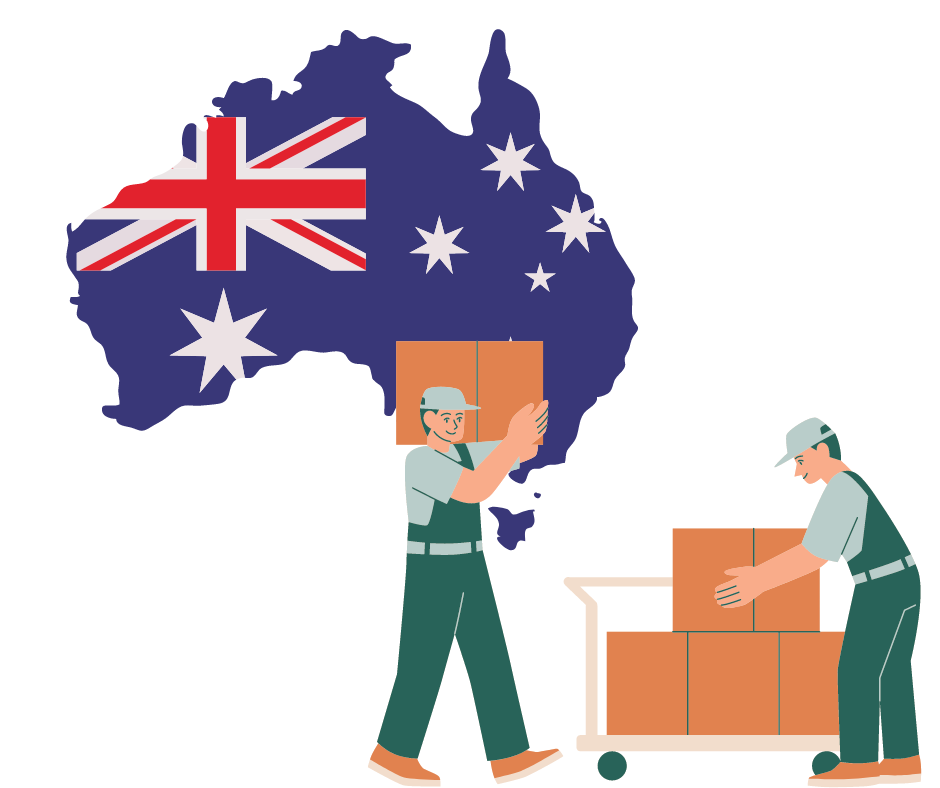
Are you considering shipping your items to Australia? Whether you’re relocating for a new job opportunity, starting a new chapter of your life, or expanding...
Read More →Laudantium, totam rem aperiam, eaque ipsa quae ab illo inventore veritatis et quasi architecto beatae vitae dicta sunt explicabo. nemo enim ipsam voluptatem quia voluptas.
Read More →
Need help with your move? Contact our team for instant support.
Chat on Telegram